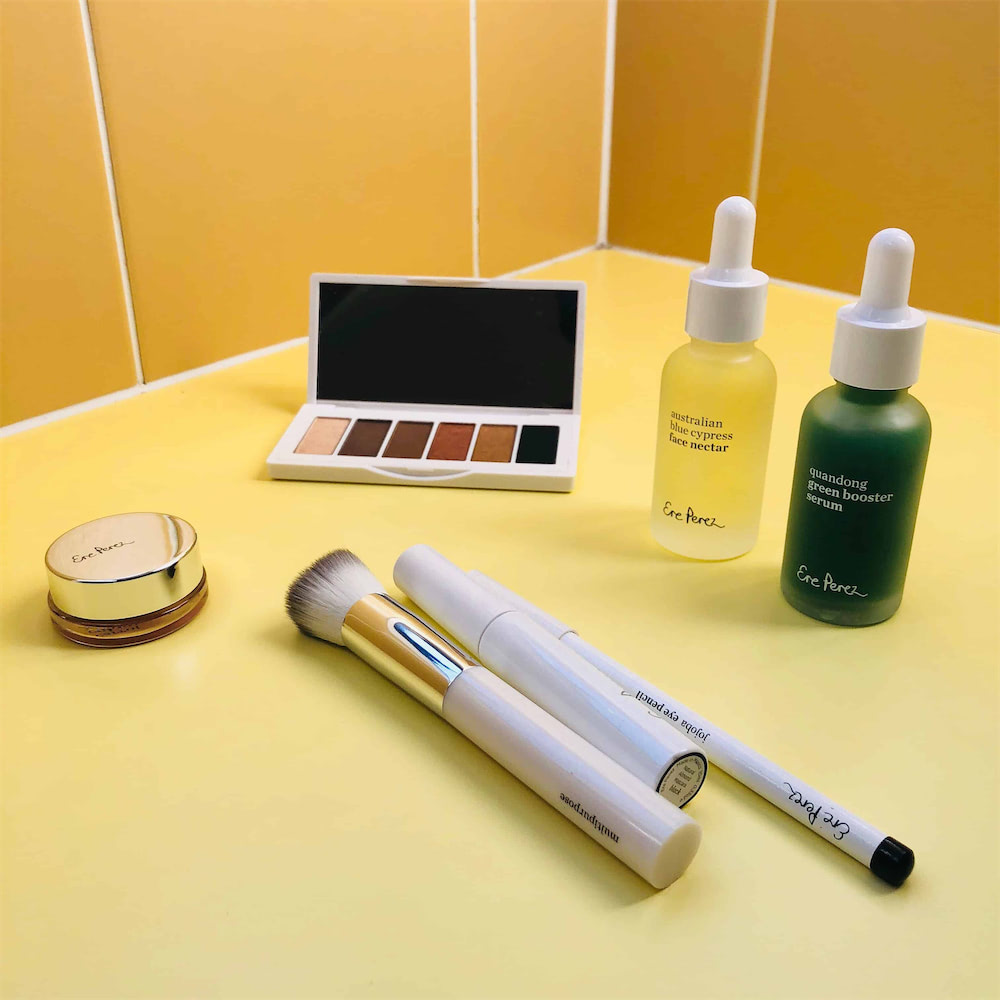Health and Beauty: A guide to post-sales communications

As health and beauty retailers move from in-store shopping to online sales, staying in touch with consumers has only become more important. Let’s take a look at post-sales communications: what they are, why they matter, and the opportunity they represent for health and beauty brands.
What is post-sales communication?
Post-sales communication is exactly what it sounds like: any communication you have with the customer after they’ve made a purchase.
It includes everything from order confirmation, upselling and delivery tracking, to complaints, returns and reviews. Your post-sales strategy might even include content marketing such as product guides, user manuals or user-generated content.
Each one of those touch points matters, because each one contributes to how shoppers think of your brand.
Post-purchase communication sometimes get neglected because it’s easy to focus on earlier contact with the customer. We zero in on ad attribution, cart abandonment or email subscriptions, and forget about everything that happens after checkout. In our research, we found that 92% of health and beauty retailers ignore the customer altogether!
But all the evidence shows that post-sales communications can make a big difference to your bottom line. Good customer service and rewarding loyalty programmes make it easier to retain customers. Outstanding communication can help you get more referrals and reviews. And as Shopify points out, by staying in touch with the customer, you’re also validating their decision to purchase from you.
So how can you improve your post-sale communications? And what makes health and beauty retailers different from other industries?
What makes health and beauty retailers different?
Health and beauty retail has evolved a lot in the past few years. Even before the coronavirus pandemic, direct-to-consumer brands had started to challenge the old model of demonstrating and selling products in brick-and-mortar stores. Subscription services, where customers register online to receive regular deliveries, are expected to grow by 72% in the next year.The new focus on e-commerce means that easy delivery, returns and communications are essential.
What’s more, health and beauty retailers occupy a special place in consumers’ minds. We don’t just buy healthcare products or cosmetics because we need them. We buy them because they make us feel good and help us express our personality, style or status.
That special significance applies to every area of your brand. It’s not just the product that makes people happy. It’s also the shopping experience, the distinctive packaging, the thrill of unboxing, and the sense of sharing something with like-minded people.
You can use post-sales communications to design and even enhance that experience.
For example, we’ve found that only 24% of retail brands offer branded tracking pages for online deliveries. 38% of retailers don’t even use branded packaging, according to Macfarlane Packaging. So when shoppers move from a website to the delivery stage, they immediately lose the branded experience that they wanted to enjoy.
Creating a fully branded experience is also important in differentiating your business from other retails. Healthcare and beauty is a crowded field. Continuous, positive and branded post-sales communications can really make you stand out.
How to grow your brand with post-sales communications
Improving your post-purchase communications doesn’t have to be complicated. What customers want is transparency, choice, and clear branding.
For example, our research found that 62% of health and beauty retailers give a delivery prediction at checkout. That’s great! But only 33% sent a tracking link that worked immediately. You can stand out by sending delivery updates, using branded tracking pages, and ideally offering a choice of mail carriers or delivery slots.
Many brands were inconsistent at staying in touch with shoppers. 12% failed to send any kind of delivery confirmation. And a shocking 96% failed to send personalised messages, when consumers were expecting a custom experience.
Post-sales communications can be a valuable opportunity to cross-sell or get new brand advocates. But we found that only 40% of health and beauty retailers asked for a review after purchase, and a bare 36% had any kind of loyalty program on offer.
Finally, we found that returns were one of the biggest pain points for shoppers. Almost half of retailers expect customers to organize and pay for returns themselves. We hear from customers that they want simple returns with plenty of updates, but only 39% of retailers bother to send confirmation when they receive returns. When it comes to improving the returns experience for your customers, a little transparency goes a long way.
All our research so far points to one important truth for health and beauty retailers. Post-sales communications, especially during delivery and returns, have a big impact on purchase intent and customer retention. If you want to increase sales and hang on to your best customers, start by improving your post-purchase communications strategy.
Read the full report from parcelLab: Inside UK’s Top 100 Retailer’s Post-Purchase Secrets



